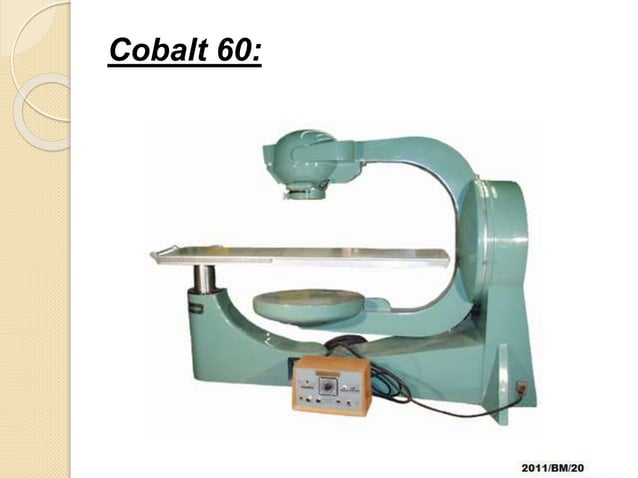

The in-house tomotherapy apparatus described above can also be used to perform fan-beam and cone-beam MVCT measurements. Treatment planning was performed using an in-house developed inverse treatment planning system that used either measured pencil beam data in an empirical Milan-Bentley–type algorithm (simple phantom geometries) or EGSnrc/BEAMnrc and EGSnrc/DOSXYZnrc Monte Carlo simulations to model the beam delivery in patient CT data.Ī photograph of the Theratronics T780 Co-60 unit incorporating the tomotherapy benchtop prototype for a) conformal irradiations on film and b) an imaging experiment with a Varian PortalVision LC250 EPID imager The test irradiations were performed on a cylindrical phantom containing GafChromic film (International Specialty Products, NJ, USA). Quantitative 3D delivery has been achieved in our laboratory, but the quantitative work reported here will be limited to two dimensions only. It is possible to extend this delivery to 3D by adding a translate capability to the height of the table. By this simple approach, we are well able to imitate the beam delivery from a NOMOS MIMiC multileaf collimator (BEST nomos, Pittsburg, PA, USA, formerly NOMOS Corp., Swickley, PA). Intensity-modulated radiation therapy is performed in a single slice by varying the velocity of the phantom as it moves through the pencil beam.

This first-generation tomotherapy test bed includes a rotate translate stage, which can move a phantom to be irradiated through a 1×1 cm 2 Co-60 pencil beam.


The findings of this work support the fact that there is ample potential for administering modern radiation therapy with a cobalt unit and encourage further investigations and development.Īll irradiations were performed on a Co-60 T780C unit (Best-Theratronics, Kanata, Canada) modified by the addition of a purpose-built computer-controlled rotate translate benchtop apparatus, as shown in Figure 1a. The results of investigations of Co-60 megavoltage computed tomography (MVCT) for image guidance will also be shown. Measured conformal dose distributions achieved with an in-house Co-60 tomotherapy benchtop apparatus will be compared to the corresponding treatment plans. This report will review the results of experimental investigations of the potential of Co-60–based IGRT via tomotherapy - a rotational implement-ation of IMRT. Furthermore, while computed tomography imaging with Co-60 has been performed for basic medical physics studies, there has been very little work done on the evaluation of the potential for image guidance with Co-60. However, aside from a limited number of studies, there has been little experimental validation of Co-60 conformal delivery. There have been a number of modeling studies that have suggested that Co-60 may be more effective in modern radiation therapy than perceived in the past. Investigations of conformal Cobalt-60 (Co-60) radiation delivery have been sparse, in part because of preconceived notions that the radiation beams from Co-60 do not have the properties required in modern radiation treatment. The clinical application of these advanced techniques has been limited almost exclusively to linear accelerators. The trihydroxide Co(OH) 3 is heated to form the oxide and then reduced with carbon (as charcoal) to form cobalt metal.Modern radiation therapy is moving towards advanced conformal techniques such as intensity-modulated radiation therapy (IMRT) in conjunction with image guidance, bringing about image-guided radiation therapy (IGRT), to ensure accurate patient treatment. Iron is obtained by precipitation with lime (CaO) while cobalt is produced as the hydroxide by precipitation with sodium hypochlorite (NaOCl)ĢCo 2+(aq) + NaOCl(aq) + 4OH -(aq) + H 2O → 2Co(OH) 3(s) + NaCl(aq) Treatment with sulphuric acid leaves metallic copper as a residue and disolves out iron, cobalt, and nickel as the sulphates. Normally the ore is "roasted" to form a mixture of metals and metal oxides. Industrially, however, it is normally produced as a byproduct from the produstion of copper, nickel, and lead. These include the sulphides and arsenides linnaeite, Co 3S 4, cobaltite, CoAsS, and smaltite, CoAs 2. Many ores contain cobalt but not many are of economic importance. Isolation: it is not normally necessary to make cobalt in the laboratory as it is available readily commercially.


 0 kommentar(er)
0 kommentar(er)
